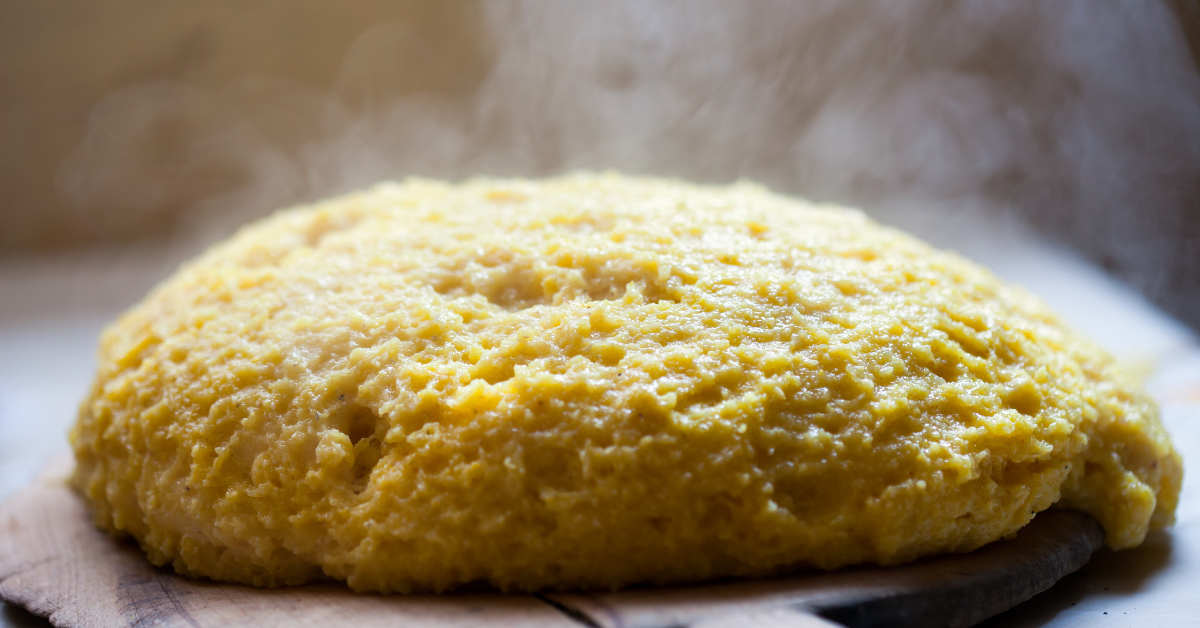Team Piccolo Camping
16-10-2023Polenta Taragna: A Journey between History and Flavors

In the picturesque Alps, between Valtellina and Lake Como, polenta taragna is much more than a simple traditional dish; it is a symbol of local culture and identity. This delicacy, made from corn flour and cheese, embodies the history and tradition of the area. Let's discover its origins and learn how to prepare it.
History and Origins of Polenta Taragna
Polenta Taragna has ancient roots that lie in the agricultural history of Valtellina and Lake Como. In past times, when corn was introduced to Europe from the New World, it became a fundamental crop for the survival of mountain communities. Cornmeal was easily preserved and was a valuable winter food resource.
The term "taragna" derives from the Lombard word "tarai" which means to mix or mix, referring to the action of mixing the key ingredients: corn flour and cheese. Polenta taragna therefore represents a fusion of simple but genuine ingredients.
The Key Ingredients
To prepare a delicious Polenta Taragna Valtellina, the following are essential:
- Corn flour
2. Cheeses.
Bitto and Casera are favorite local cheeses that add flavor and creaminess to polenta.
3. Butter
4. Salt
Preparation
1. In a large saucepan, bring plenty of salted water to the boil.
2. When the water is boiling, pour in the corn flour, stirring constantly to avoid lumps.
3. Reduce the heat to medium-low and continue stirring the polenta for about 40-50 minutes, until it becomes thick and comes away from the edges of the pan.
4. Add the shredded cheese and butter, stirring until the cheese completely melts into the polenta.
5. Continue to cook over low heat for another 10-15 minutes, stirring occasionally.
Serve and Enjoy
Polenta Taragna is traditionally served hot and often accompanied by sausage, mushrooms or braised meat. This dish offers a robust, rich and enveloping flavor, perfect for facing the cool climate of the mountains. Every bite is a celebration of rural roots and authentic Lombard cuisine.


